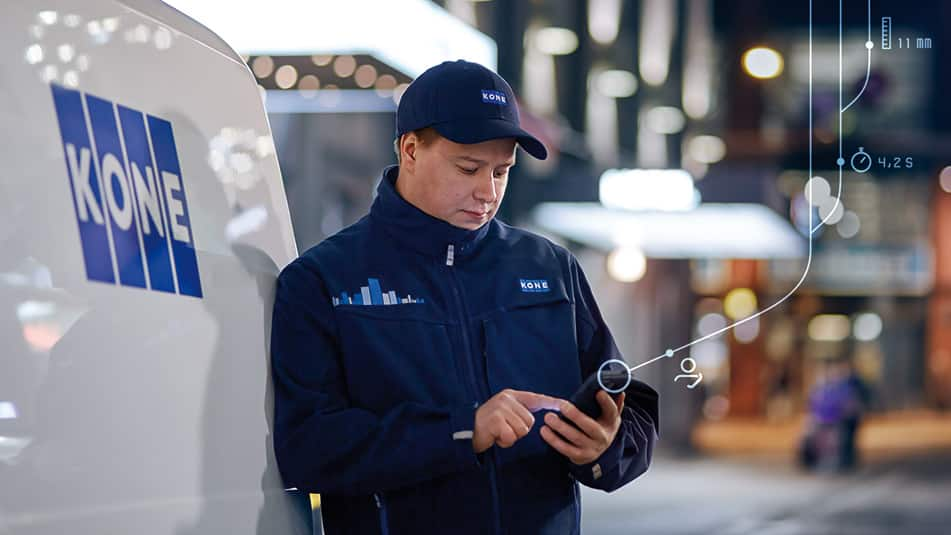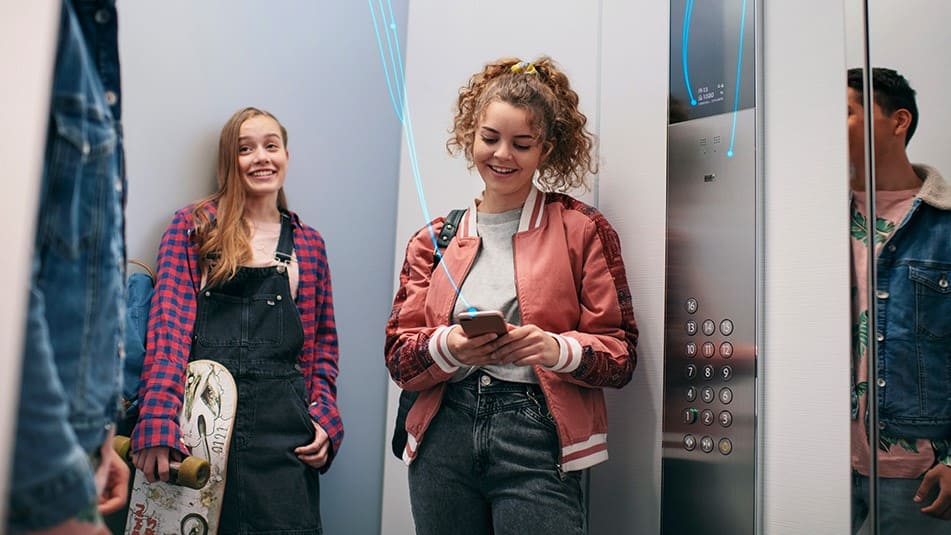“The digital smart building market is rapidly growing and an exciting place to be,” Paul Taylor, VP, strategic partnerships at KONE remarked at KONE Experience 2022, a recent event promoting global dialogue and action to improve sustainability, productivity, and adaptability in the built environment. “It’s exciting both from the technology standpoint and from the cultural and user experience.” But what is it that makes a building smart?
“For a building to be smart it should be working from a platform approach,” added panelist Elisa Rönkä, global head of SaaS sales at digital buildings at Siemens Smart Infrastructure. “So, from a technology perspective, it’s an open platform that’s able to harvest data in intelligent ways to bring real value for users.” The value could range from operational efficiency to sustainability, or user experience.
“A smart building can react to things that are happening within the building in an automated way,” explained David Felker, global solutions leader for engineering, construction, and real estate at Amazon Web Services. The building might be recording data and recording conditions, but often that data is not being acted on. “To me a smart building understands what to do with the data to deliver a great experience for the user.”

Bringing smart buildings to life
KONE continues to develop digital products that connect to smart building platforms and that can react to available data to bring value. For example, adding KONE 24/7 Connected Services™ to an installed elevator already gives building owners AI-based predictive maintenance that maximizes elevator uptime and can extend the product lifetime. And in residential and office buildings, residents and workers are experiencing a whole new level of convenience and safety with a smartphone app for keyless entry, turnstile access, service robot communication, and an elevator call function – for users of all abilities.
The KONE DX Class digital experience elevators have been developed with adaptability in mind for the entire lifetime of a building. That means they are designed to accommodate the needs of tomorrow – even those we don’t yet know about. KONE DX elevators also have inbuilt connectivity and open application programming interfaces (APIs), which provide a gateway for partners to create services that connect with KONE’s people flow solutions within the smart building, smart neighborhood, and even smart city ecosystem.
As the next big thing in the company’s digital experience journey, KONE DX Class elevators are being rolled out now to customers in the US and Canada, where they are unique to those markets.

Not just tech for tech
“We don’t talk tech just because of tech,” Emilia Taskinen, digital services director, Maintenance Business at KONE told the audience. “At KONE we see technology as an enabler that helps customers solve problems as well as grasp opportunities that are very tangible for people’s everyday lives.” Elevators and escalators can become a crucial part of wider smart ecosystems within buildings and cities, enhancing the lives of city dwellers and contributing to their safety and well-being. In this context, Taskinen sees new digital services as the game changer in terms of what an elevator is, and what it can become.
In line with KONE’s mission to improve the flow of urban life, digital elevator services are bringing a new era of emotional-level sharing among building users. KONE elevators are already using connectivity to become the equivalent of a community square for building residents. In some cases, the elevator acts as a multimedia notice board for births and birthdays and other special occasions, as well as just generally promoting more meaningful emotional connections among daily users.
Adaptable buildings in the future will need digital platforms for easy connectivity, enhanced user experiences, and optimal flexibility. KONE’s digital solutions make this future a reality today – for customers and partners alike.
